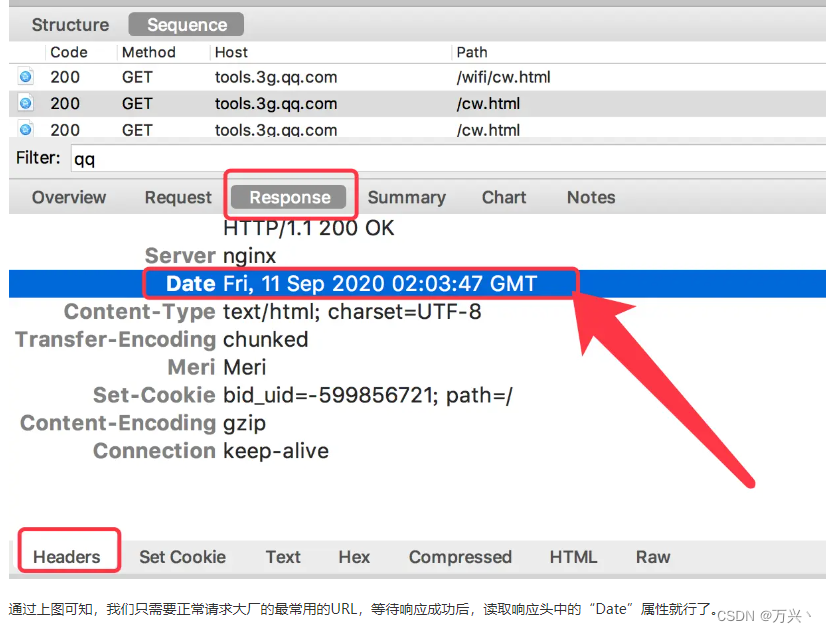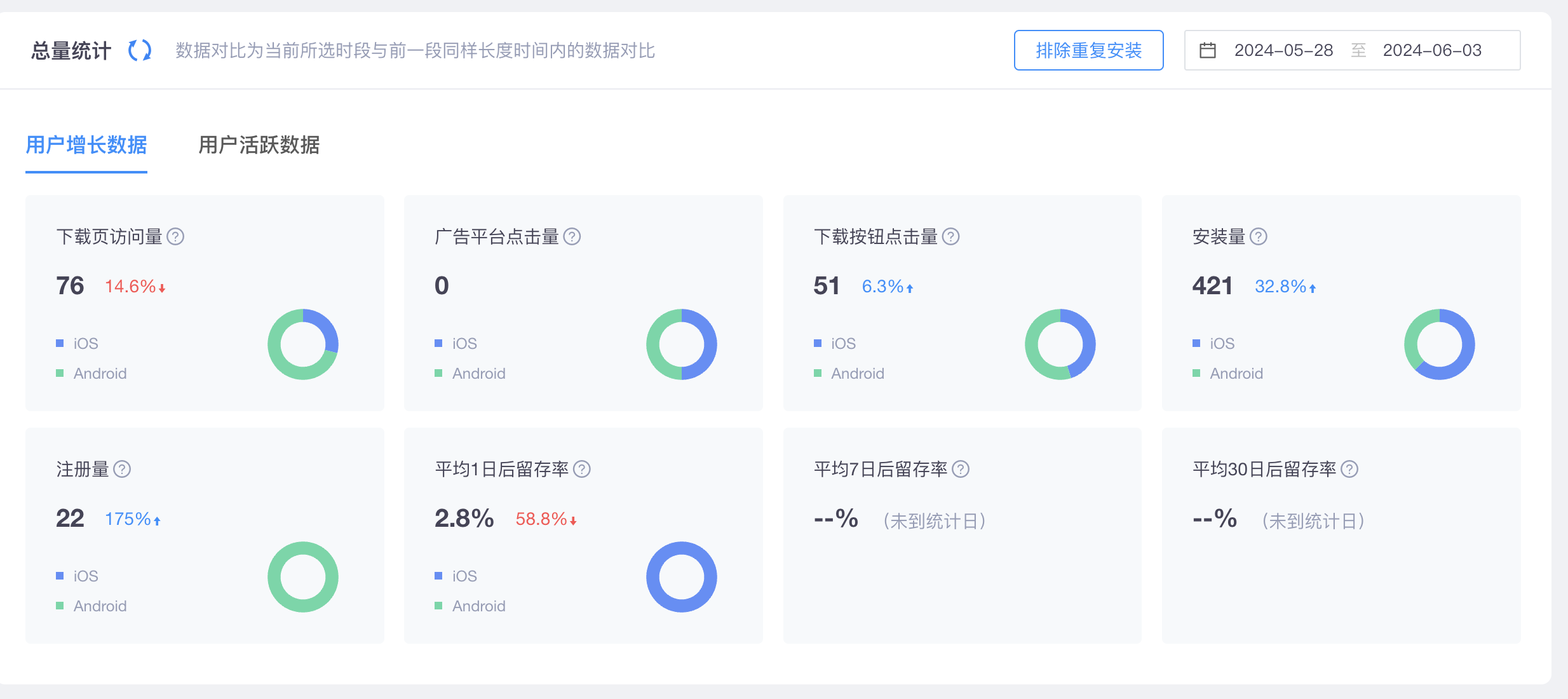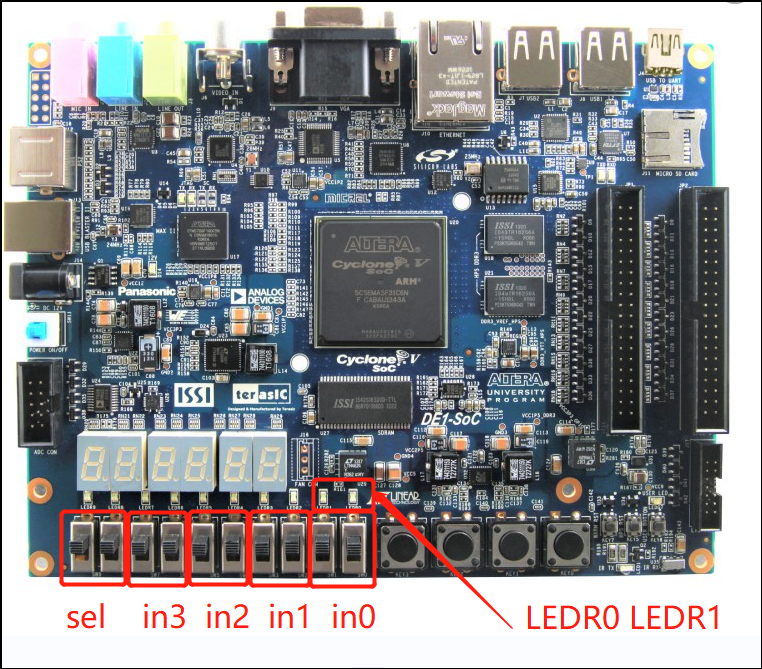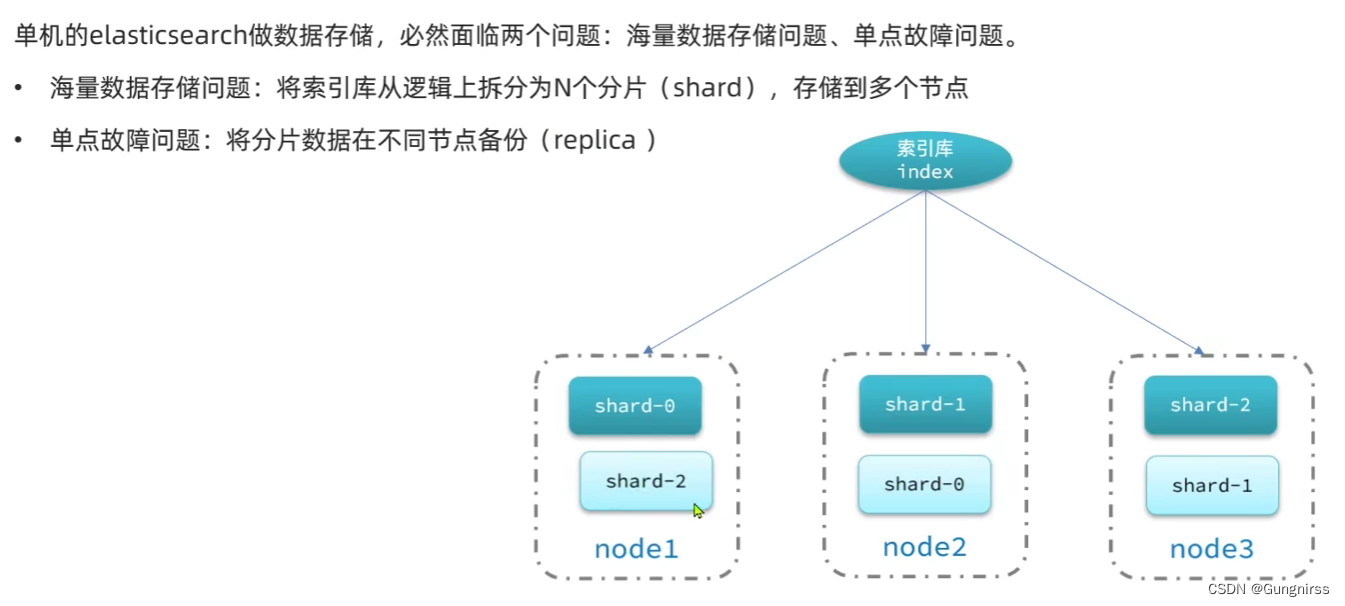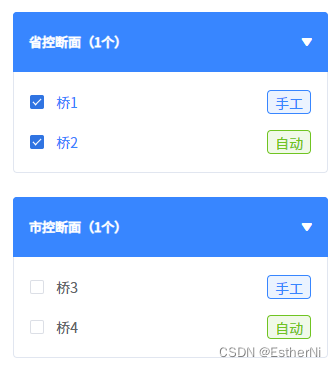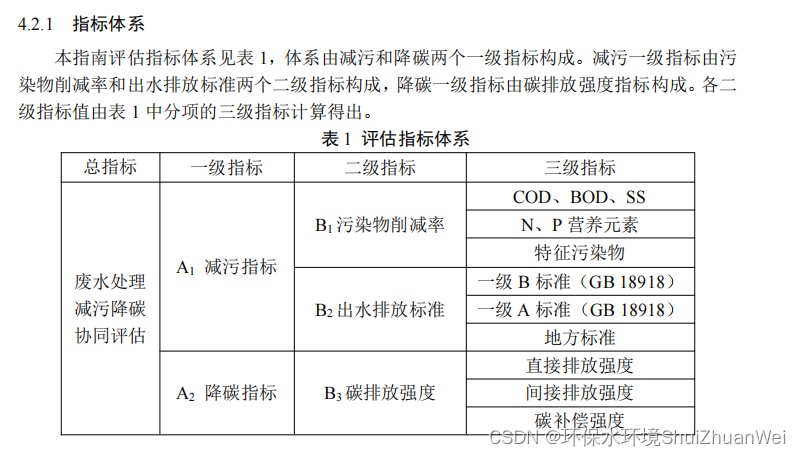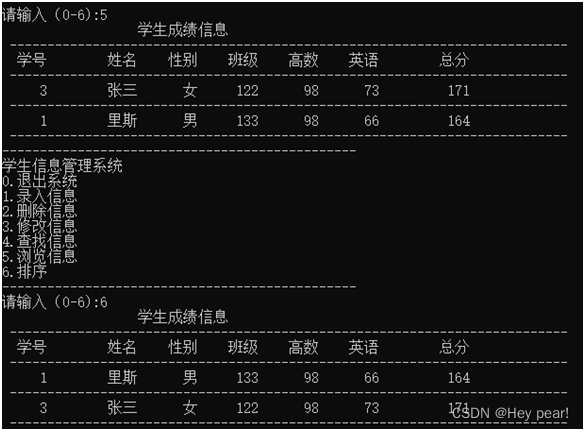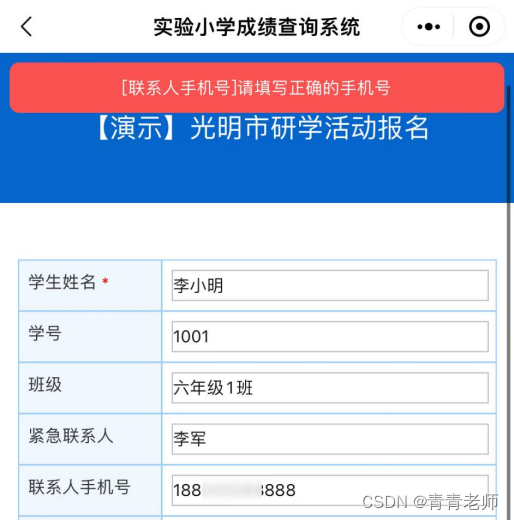39.组合总和
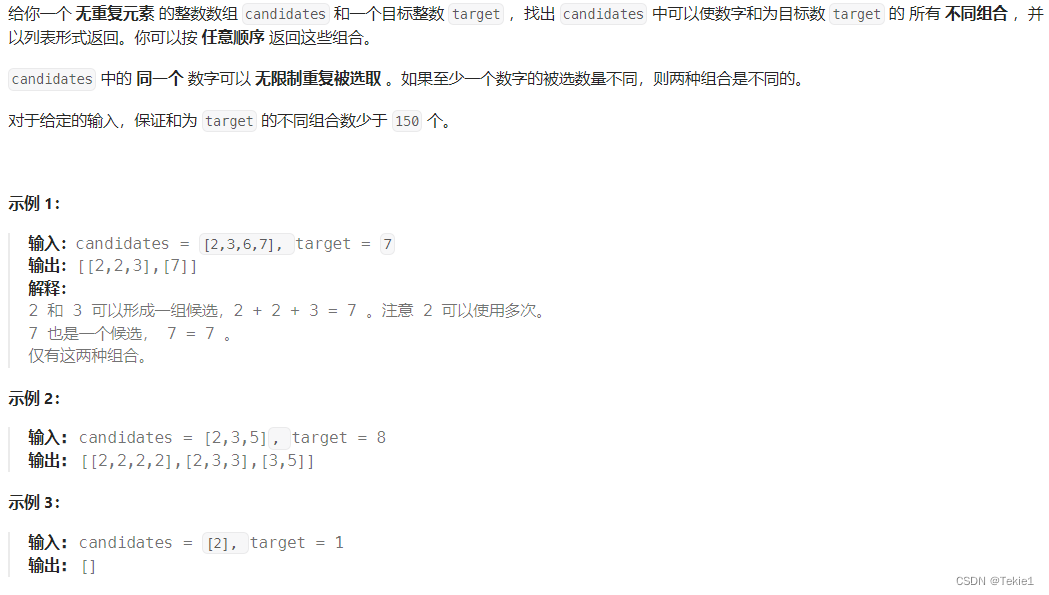
class Solution {
public:
vector<vector<int>> res;
vector<int> path;
void backTracking(vector<int>& candidates,int target,int sum,int n,int step){
if(n > 150) return;
if(sum > target) return;
if(sum == target){
res.push_back(path);
return;
}
for(int i = step; i < candidates.size(); i++){
path.push_back(candidates[i]);
backTracking(candidates,target,sum+candidates[i],n+1,i);
path.pop_back();
}
}
vector<vector<int>> combinationSum(vector<int>& candidates, int target) {
backTracking(candidates,target,0,0,0);
return res;
}
};
40.组合总和2
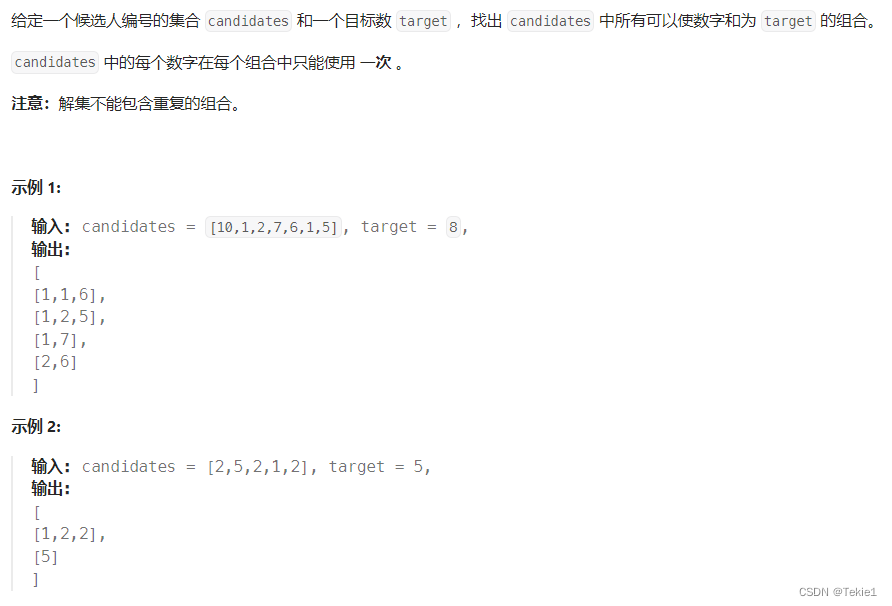
难题

可以看出在candidates[i] == candidates[i - 1]相同的情况下:
used[i - 1] == true,说明同一树枝candidates[i - 1]使用过
used[i - 1] == false,说明同一树层candidates[i - 1]使用过
因为同一树层,used[i - 1] == false 才能表示,当前取的 candidates[i] 是从 candidates[i - 1] 回溯而来的。
而 used[i - 1] == true,说明是进入下一层递归,去下一个数,所以是树枝上
即:因为在排序后,相同的数都会挨在一起,如果当前数和上个数相同的话,那么在递归的过程中,如果上一个数没被用到,那么当前数肯定是一种重复的情况,因为这两个数相同,肯定是先使用前一个数的,而如果上一个没用到,则表示是已经递归过上一个数的所有情况并回溯了,现在递归下一个数的,所以需要跳过重复的这个数。
class Solution {
public:
vector<vector<int>> res;
vector<int> path;
bool used[101];
void backTracking(vector<int>& candidates, int target, int sum, int step) {
if (sum == target) {
res.push_back(path);
return;
}
for (int i = step; i < candidates.size(); i++) {
if (sum + candidates[i] > target)
break;
if (i > 0 && used[i - 1] == false &&
candidates[i] == candidates[i - 1])
continue;
path.push_back(candidates[i]);
used[i] = true;
backTracking(candidates, target, sum + candidates[i], i + 1);
used[i] = false;
path.pop_back();
}
}
vector<vector<int>> combinationSum2(vector<int>& candidates, int target) {
sort(candidates.begin(), candidates.end());
backTracking(candidates, target, 0, 0);
return res;
}
};
也可以直接使用startIndex来去重,每层递归里,如果一个数和上一个数相同,则跳过
void backtracking(vector<int>& candidates, int target, int sum, int startIndex) {
if (sum == target) {
result.push_back(path);
return;
}
for (int i = startIndex; i < candidates.size() && sum + candidates[i] <= target; i++) {
// 要对同一树层使用过的元素进行跳过
// 这里i > startIndex是为了确保可以选取到同一种元素,在下层递归的时候,因为传入的是i+1,所以如果i+1和上一个元素相同,递归后也可以选取和i相同的元素
if (i > startIndex && candidates[i] == candidates[i - 1]) {
continue;
}
sum += candidates[i];
path.push_back(candidates[i]);
backtracking(candidates, target, sum, i + 1); // 和39.组合总和的区别1,这里是i+1,每个数字在每个组合中只能使用一次
sum -= candidates[i];
path.pop_back();
}
}
131.分割回文串
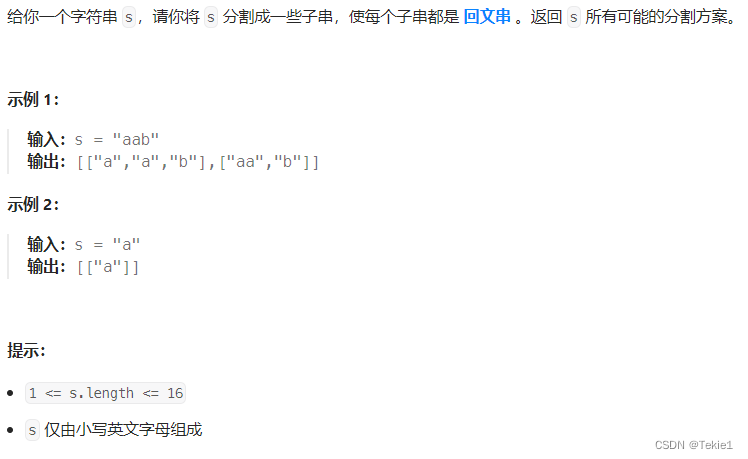
回溯三步
1.递归函数确定参数:string s, int step
2.确定终止条件:因为分割串类似于组合问题,
例如对于字符串abcdef:
组合问题:选取一个a之后,在bcdef中再去选取第二个,选取b之后在cdef中再选取第三个…。
切割问题:切割一个a之后,在bcdef中再去切割第二段,切割b之后在cdef中再切割第三段…。

返回条件就是,当切割点超过串的长度时,说明已经找到一种每个字串都是回文串的方案了,这个时候就可以把字串数组传给结果
3.确定单层逻辑
单层逻辑就是树的横向遍历,即用for循环确定切割点,且切割点必须不断往后
class Solution {
public:
vector<vector<string>> res;
vector<string> path;
bool check(string t) {
for (int i = 0, j = t.size() - 1; i < j; i++, j--) {
if (t[i] != t[j])
return false;
}
return true;
}
void backTracking(string s, int step) {
if (step >= s.size()) {
// 如果大于数组长度,则找到一组全为回文串的字串组合,否则被continue掉了
res.push_back(path);
return;
}
for (int i = step; i < s.size(); i++) {
// 截取字串
string t = s.substr(step, i - step + 1);
// 找到了符合条件的字串
if (check(t))
path.push_back(t);
else
continue;
// 进行下一层递归
backTracking(s, i + 1);
path.pop_back();
}
}
vector<vector<string>> partition(string s) {
backTracking(s, 0);
return res;
}
};
最近在学go,所以提供一个go版本的代码
var res [][]string
var path []string
func check(t string) bool {
for i, j := 0, len(t)-1; i < j; i, j = i+1, j-1 {
if t[i] != t[j] {
return false
}
}
return true
}
func backTracking(s string, step int) {
if step >= len(s) {
temp := make([]string, len(path))
copy(temp, path)
res = append(res, temp)
return
}
for i := step; i < len(s); i++ {
t := s[step : i+1]
if check(t) {
path = append(path, t)
} else {
continue
}
backTracking(s, i+1)
path = path[:len(path)-1]
}
}
func partition(s string) [][]string {
path = make([]string, 0)
res = make([][]string, 0)
backTracking(s, 0)
return res
}



